How To Get Rid of Slugs In the Garden Naturally
Don’t you just hate it when you walk outside to enjoy your garden only to see that your favorite plants have holes all over the leaves? Chances are you have a slug (or snail) problem. They’re one of the most common garden pests, and today we’re going to talk about how to get rid of slugs in your garden naturally.
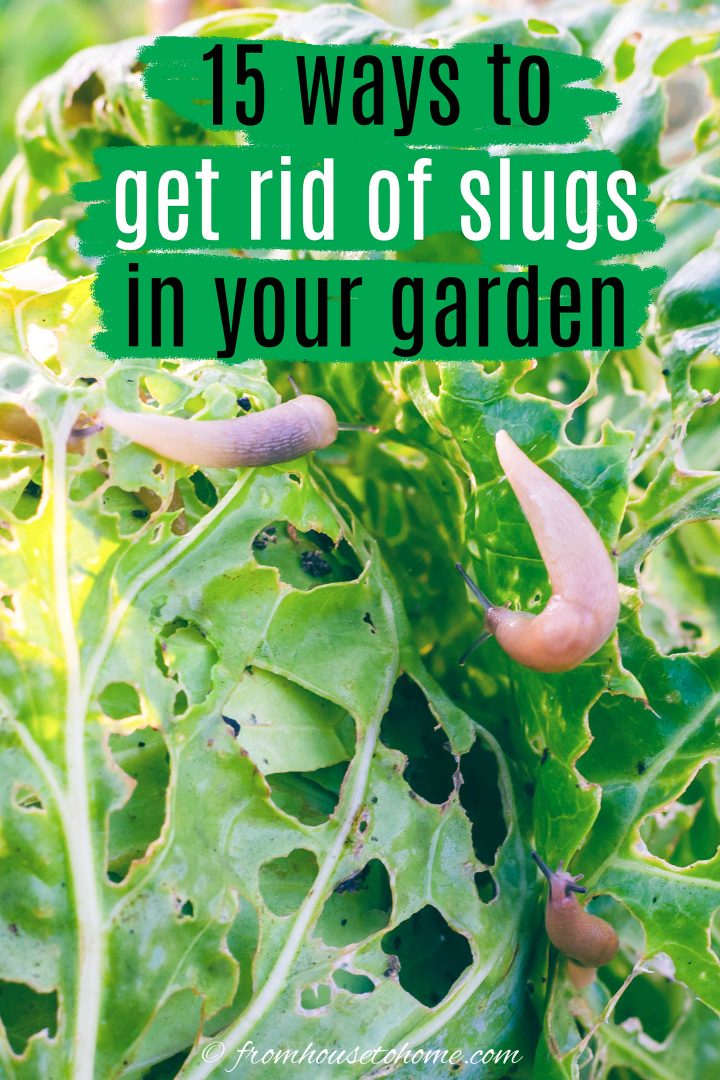
Where there’s plants, there are pests.
And one of the most common garden pests are slugs.
To get rid of these slimy creatures, some people advise turning to harsh chemical solutions, but we prefer to take a more natural approach.
Slugs are an important part of the natural ecosystem, both helping to break down decaying plant matter and fungus, and acting as a source of food for many birds and animals.
Because of this, it is better to sustainably control your garden’s slug population rather than trying to wipe it out entirely.
With that in mind, the first few methods on our list will show you how to kill slugs. While the remaining ones are more about preventing the slugs from eating the plants in your garden.
1. Shock slugs with copper
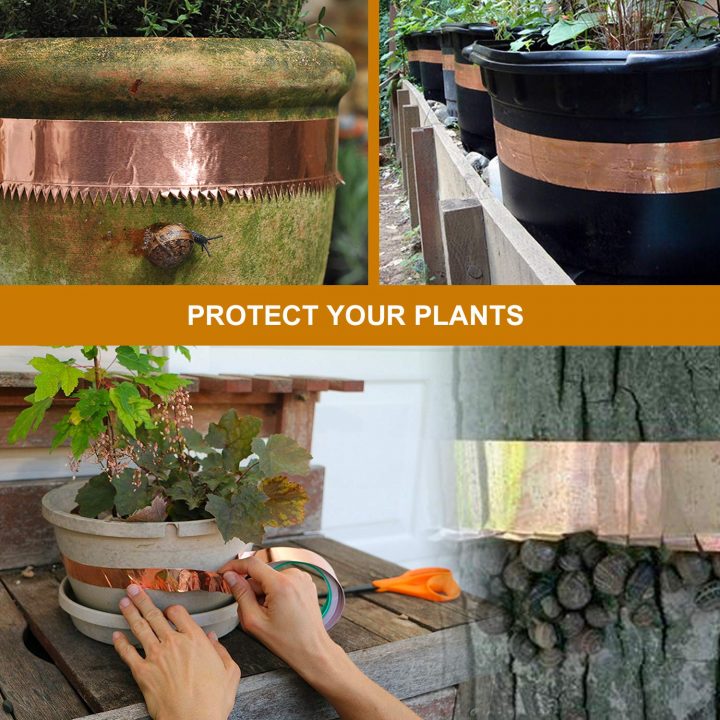
Copper tape* is a simple, low-cost solution to invasive slugs.
The slime that coats and protects the body of the slug reacts with copper, delivering a tiny electric shock (like static shock) every time they come in contact.
Wrap it around the outside of your containers to prevent the slugs from climbing up the sides.
Some people say you can even circle it around the bottom of individual plants. I haven’t tried this, but a few of my Hostas could use some protection so I’m going to put it to the test this summer!
You can buy it HERE* on Amazon.
2. Feed them Some Beer
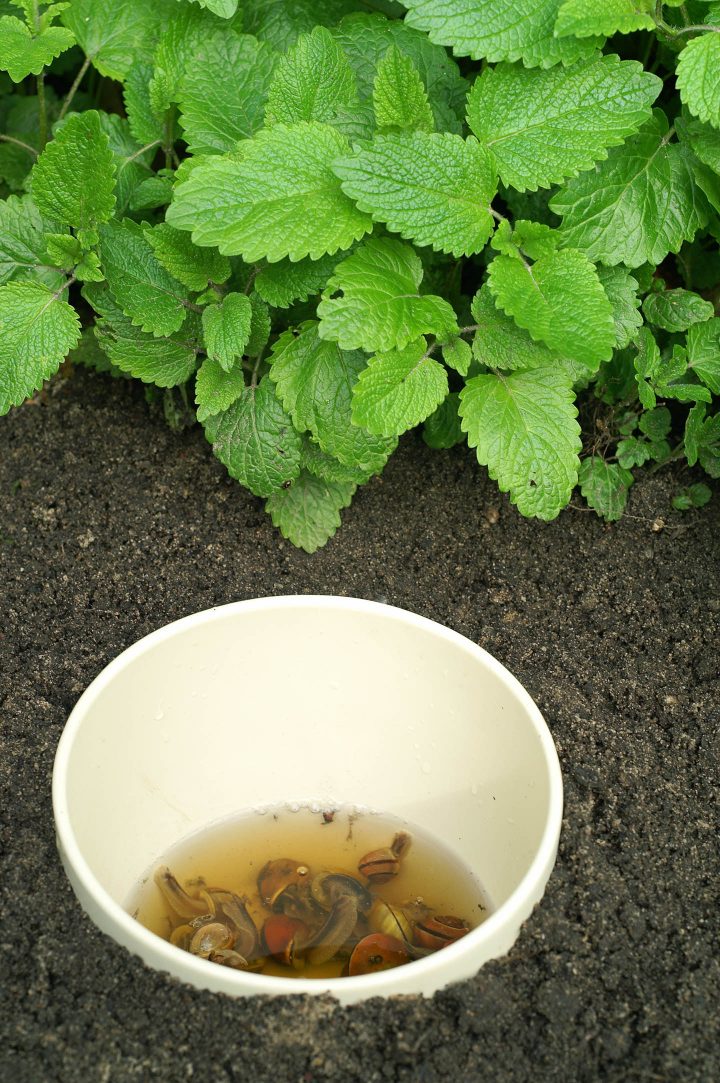
Believe it or not, slugs love the scent of beer!
You can use that to your advantage by setting a beer trap.
Simply place a medium-sized container in your garden near areas where slugs are abundant. Then fill it halfway with beer (both alcoholic and non-alcoholic versions work).
The smell of the beer will attract the slugs, who will climb the sides and get stuck in the liquid.
Then you can dump them out and start over again.
The container will need to be re-filled frequently as the beer evaporates or gets watered down.
Some people say that soapy water will accomplish the same thing. (I haven’t tried it so can’t say for sure).
3. Encourage non-destructive natural predators
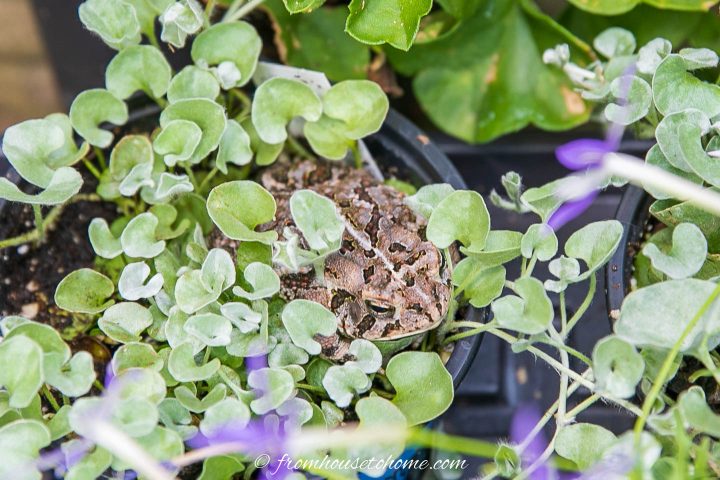
Slugs have many natural predators (like this toad that moved into my plants before I even had a chance to plant them). Which means ideally, their population should be controlled.
A simple way to decrease the number of slugs is by encouraging non-destructive natural predators to enjoy slug hunting in your garden. These predators include:
- Birds (both wild species and domesticated ones like chickens)
- Firefly larvae
- Frogs and toads
- Ground beetles
- Hedgehogs
- Praying Mantises
- Snakes
To make your garden predator-friendly, add accessories (i.e. bird feeders and ponds), provide shelter, and plant plants that will attract them. Then they’ll stay for the slug buffet!
4. Use organic bait
If you find that your slug problem is uncontrollable, and you need to turn to using poisonous baits, please be mindful of commercial products.
Many slug baits contain poisonous ingredients which can be harmful to other animals, pets, and soil health, and should be avoided.
Organic slug bait contains natural, non-toxic ingredients specifically targeted towards eliminating slugs – not anything that comes in contact with it.
Search for slug baits that include iron phosphate as an active ingredient. Iron phosphate is safe to use in your garden and won’t harm kids or pets, and is generally recognized as safe by the FDA…except for slugs.
Sluggo is my favorite variety. You can find it HERE* on Amazon.
5. Sprinkle with salt
Since slugs don’t have a shell to protect them, sprinkling them with salt causes their body to dry out, which kills them.
For this to work, you have to pour the salt directly onto the slug. So it isn’t an effective solution for controlling an infestation.
And you don’t want to use too much since salt can have negative effects on your garden soil.
But if you only have a few to get rid of, salt is an easy and inexpensive option that you already have in your kitchen.
6. Avoid plants That slugs love
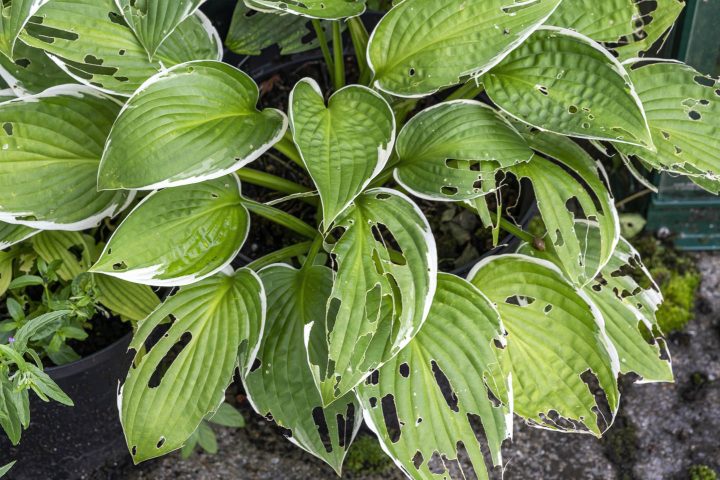
Slugs aren’t too picky about their food. Unfortunately, that means they like many common garden plants, making it difficult to avoid their favorites.
Thankfully, many of the techniques for ridding your garden of slugs can help to protect even the most delicious leafy greens and sweet berries!
Knowing which plants to keep a close eye on will also help you to catch slugs before they do damage, so pay extra attention if you have any of the following plants in your garden.
Plants that slugs love
- Asparagus
- Basil
- Beans
- Carrots
- Celery
- Cucumbers
- Dill
- Greens (i.e. lettuces, spinach, cabbage)
- Hostas
- Lupins
- Marigolds
- Parsley
- Peppers
- Petunias
- Strawberries
- Sunflowers
- Zinnias
Some of these plants have slug-resistant varieties (like these Hostas), so look for those if you want to grow them in your garden.
7. Grow slug-resistant plants
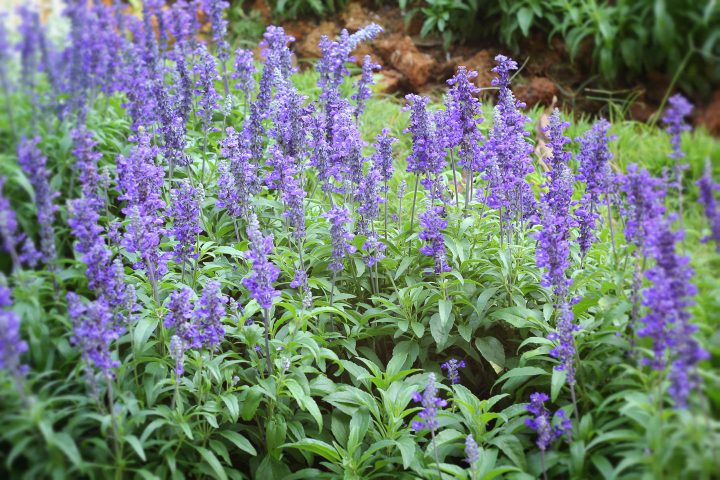
While slugs eat many common garden plants, not all are equally attractive.
If you want to make your garden slug-proof from the start, try planting varieties that are resistant to slugs and less likely to be eaten.
These include:
- strongly-scented or bitter plants, such as salvia, fennel and many herbs
- anything that has furry or prickly stems and leaves. The slugs have a hard time getting a grip on them.
- plants with thick and waxy leaves (like succulents). They just can’t chew through it.
Slug-resistant plants
- Alyssum
- Daffodil
- Dianthus
- Ferns
- Fuchsia
- Geraniums
- Iris
- Lavender
- Ornamental grasses
- Peonies
- Roses
- Tulips
- Sedum
8. Plant slug-repellent plants
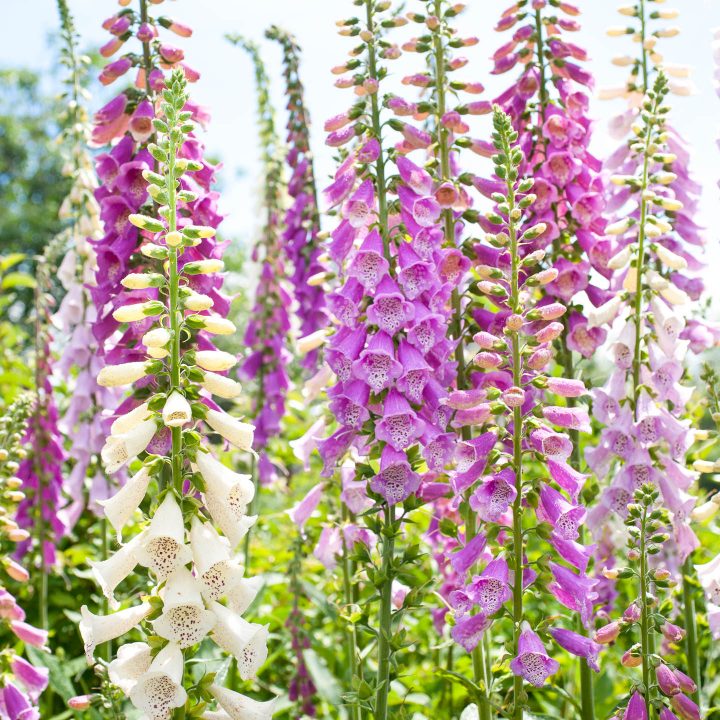
If you live in an area with lots of slugs, just slug-resistant plants might not be enough.
Luckily, some plants actively repel slugs, deterring them from entering that section of your garden.
- Aromatics like rosemary, fennel, and anise are unpleasant to slugs and can help to keep them away from your garden beds.
- Foxglove contains a nerve toxin that keeps slugs away.
- Euphorbia and Japanese Anemone contain a type of latex fiber that repels slugs as well as many other insects
9. Distract with companion plants
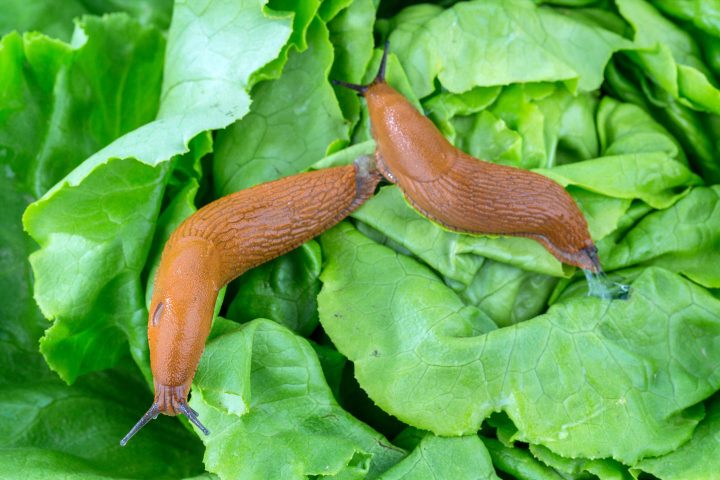
Since you can’t stop slugs from entering your garden altogether, some gardeners like to plant ‘companion plants’ which act as decoys to distract from your more precious items.
Companion planting involves planting slug-favorites close to plants you want for yourself.
For example, you might plant a few lettuces (a slug-favorite) around your strawberry patch to distract the slugs before they can make it to the berries.
Only do this if you know you already have slugs in the area. Otherwise, you might attract them into the part of the garden where you don’t want them.
10. Plant in containers or raised beds
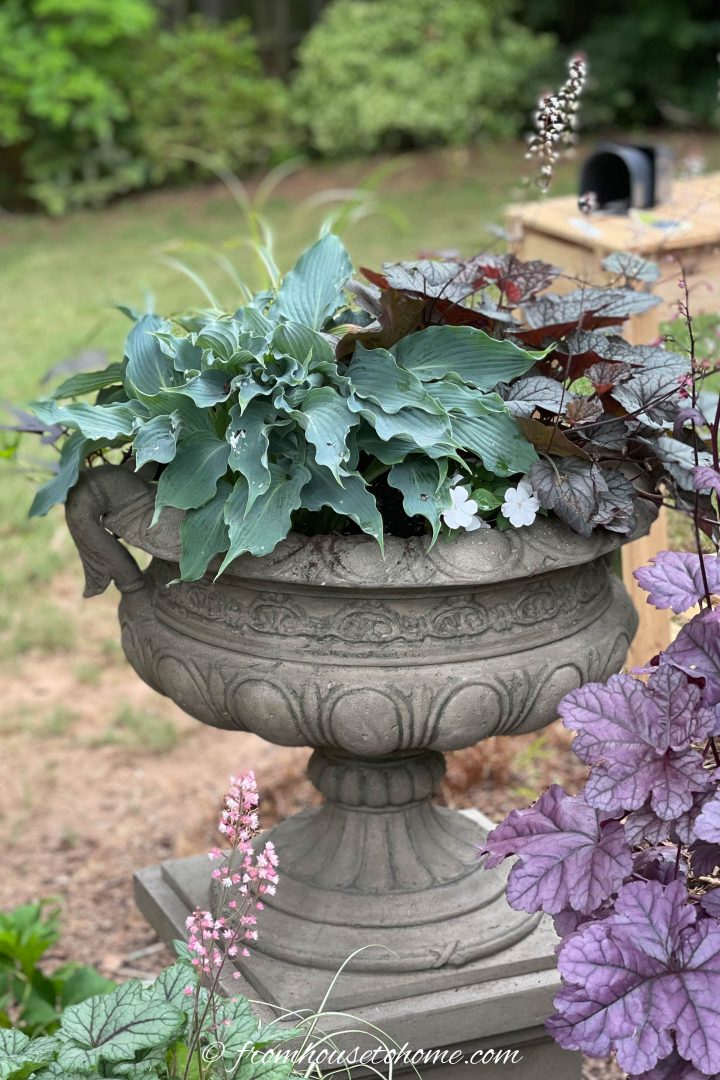
For some gardeners, the easiest solution is to simply stop planting the plants that attract slugs, but that limits your selection.
Instead of eliminating these plants from your garden, consider planting them in tall containers to make it more difficult for slugs to get to your plants.
Traditional garden beds are a salad bar for slugs, so try making it less convenient for them to get to their favorite plants.
When you do the rounds in your garden, check these containers for slugs and remove them as necessary.
11. Give your garden sharp edges
Without a shell, slugs are highly vulnerable to their environment, especially sharp and prickly objects.
That also means they are most comfortable traveling over flat, smooth, and soft surfaces.
So adding a sharp barrier around your most precious plants is a good way to keep slugs at bay.
A sharp barrier can be created using crushed eggshells, pine needles, diatomaceous earth or other thorny organic materials.
Simply scatter them around your garden, and replenish them as needed.
12. Catch and release
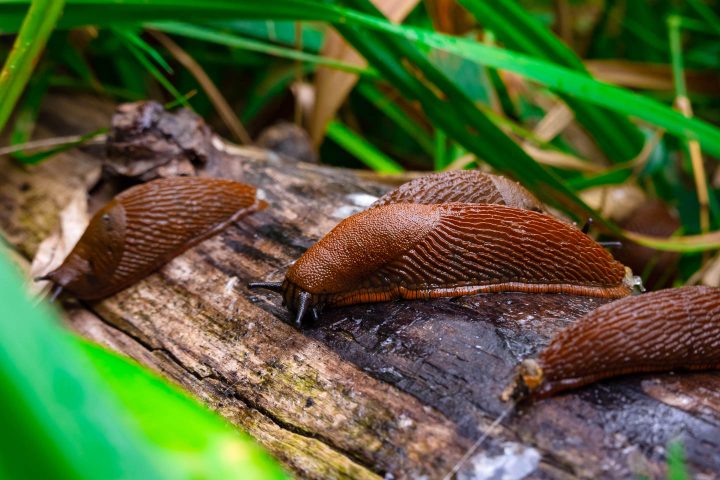
If you would like to get rid of your garden slugs without harming them, consider the catch and release method.
This can be achieved using a variety of techniques, try one of these two to get started:
- Place a shallow but wide dish near your garden and fill it with cat food or corn meal. This will lure the slugs to eat it, and you can simply scoop them up and move them.
- Strategically place logs throughout your garden. When the sun comes up, the slugs will seek a place to hide and stay cool. Each morning, lift the logs and gather the slugs hiding underneath.
Of course, you could also use these methods to catch the slugs and kill them if you prefer.
13. Keep your garden tidy
Slugs like dark, damp places to hide, and will take advantage of logs, leaves, sticks, rocks, and everything else to provide shelter.
Keeping your yard clean and tidy is a good way to keep slug populations in control since you can minimize the number of hiding spots.
Picking up dead leaves, regularly mowing your grass, and removing logs, sticks, and other items from your lawn will help to deter slugs from making your garden their home.
14. Skip lawn pesticides
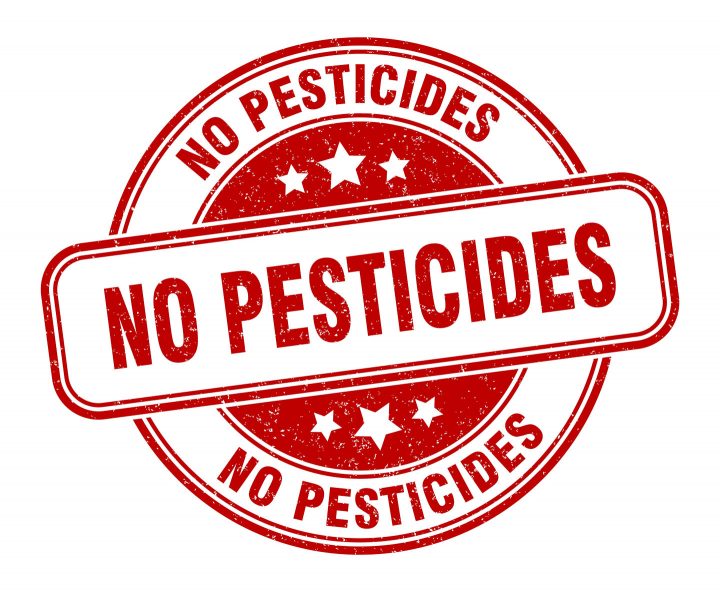
Pesticides kill some harmful pests, but not all, and often end up killing important bugs, beneficial insects and predators in the process.
Firefly larvae, for example, are easily wiped out by harsh chemical pesticides and are typically unable to recover until the next season or later.
Since they are one of the most voracious slug eaters, you’re likely to see an explosion in the slug population as a result.
And while chemical weed killers are not meant to kill bugs, they often have unintended side effects that also disrupt the insect population in your yard.
When you use pesticides and other chemicals, you disrupt the natural order of things and end up with an unbalanced garden as a result.
15. Spread ground coffee
Caffeine is supposed to be a natural repellent for slugs and snails.
So some people say you can sprinkle ground coffee beans or coffee grounds around your plants to keep the slugs away.
Others claim that this doesn’t work at all.
I haven’t tried it so I can’t say one or the other, but it might be worth a shot!
Well, that’s it for our natural slug repellents. It will probably take a little trial and error to find the ones that work best in your garden. But with a little work, you can get the slimy pests under control.
Frequently asked questions
What is a slug?
Slugs are a type of shell-less invertebrate that are most easily recognized by their soft, tube-like bodies and mucus slime trails.
Garden slugs enjoy living in damp, humid, and dark spots when they’re not out eating your plants. They don’t like the hot sun, or dry conditions.
Slugs vs. snails: What’s the difference?
The main difference between slugs and snails is snails have a hard shell (or exoskeleton) and slugs are soft bodied. Essentially, a slug is a snail without the shell.
Which is why, if you happen to have more snails than slugs in your garden, you can use a lot of the same methods to eliminate them.
What does slug damage look like?
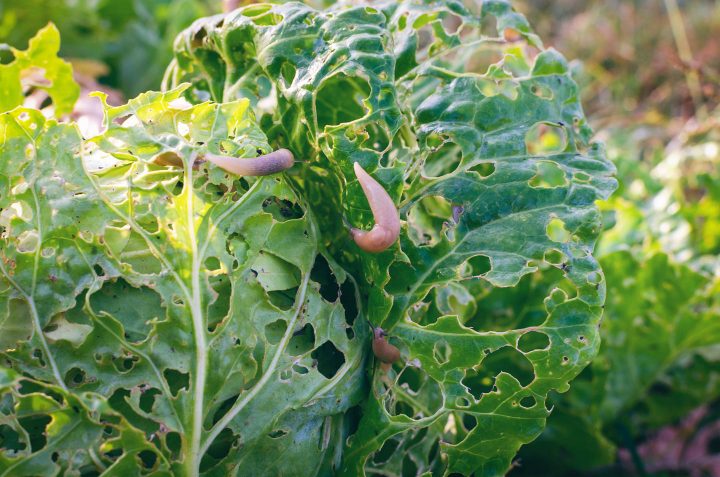
If you aren’t sure whether damage you are seeing in your garden is due to slugs or some other type of garden pest, try looking for some tell-tale signs of slugs:
- Seedling and young leaves are eaten down to the ribs.
- Young leafy greens are eaten down to stumps.
- Ragged holes and cutouts on edges and centers of leaves.
- Round holes in soft fruits (i.e. strawberries, tomatoes).
- Slime trails (look for these early in the morning before slugs are hidden away from the heat of the sun).
Other gardening tips you might like
- Natural bug repellents for your garden
- How to attract butterflies to your garden
- What is garden soil pH and why does it matter?
Do you have comments or other suggestions on how to get rid of slugs naturally? Tell us in the section below.
This post was originally published on July 8, 2021 but was updated with new content on November 23, 2024.












I love how to remove slugs. I will be using your suggestions.